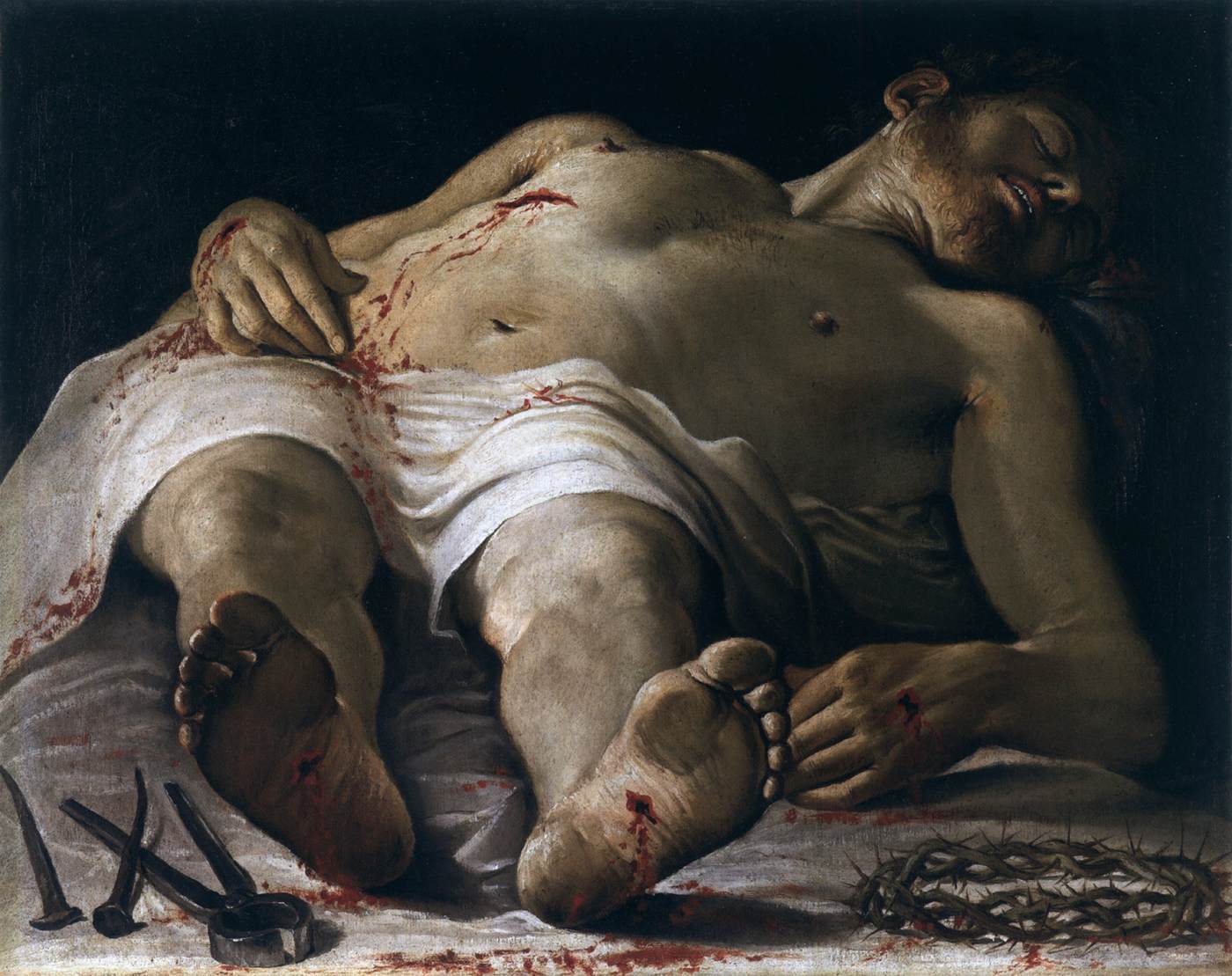Italian painter. He was a follower of Lodovico Carracci, creating a more rigid yet at times powerfully expressionist style in response to the master's emotionalism. His closeness to his teacher can be seen in the early fresco, Lamentation (1600-02; oratory of San Colombano, Bologna), and in the Flagellation that forms part of the Mysteries of the Rosary (San Domenico, Bologna) traditionally attributed to Lodovico himself.
Later Garbieri painted the Stoning of St Stephen (Pinacoteca Nazionale, Bologna), the scenes from the Life of Jacob (1606-14; Bologna, Santa Maria della Pietà) and the scenes from the Life of St Carlo Borromeo (1611; San Paolo Maggiore, Bologna), in which Lodovico's classicism is transformed into a stiffer academicism. The harsh, austere style of these works, which include striking nocturnal scenes, movingly evokes the world of the poor; they were perhaps indebted to the painter's contacts with Caravaggio, both through his awareness of Lionello Spada and through direct knowledge of Caravaggio's Incredulity of St Thomas (untraced), which was then in the Lambertini house in Bologna and which Garbieri copied.
With his nocturnal scenes of the Deposition and the Entombment (San Antonio Abate, Milan), painted after a visit to Loreto in 1609, he created deeply moving works of true expressive power, which are among the finest Emilian paintings of that period. His style softened in his later years, as in the Healing of the Blind Man (Galeria Pallavicini, Rome). His bright clear light is reminiscent of Giovanni Lanfranco and Sisto Badalocchio's reinterpretation of Correggio's style, as, for example, in the Adoration of the Shepherds (Santo Stefano, Imola), and in the scenes from the Life of the Virgin (1613-14; San Bartolomeo, Modena). But later, in the scenes from the Life of St Felicity (1613-26; San Maurizio, Mantua) and in the Circe (Pinacoteca Nazionale, Bologna), his tense, rhetorical style brings new dramatic power to the stylistic inheritance of Lodovico Carracci.
//
![]()


